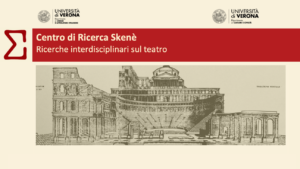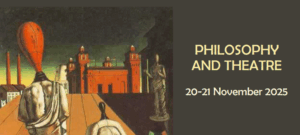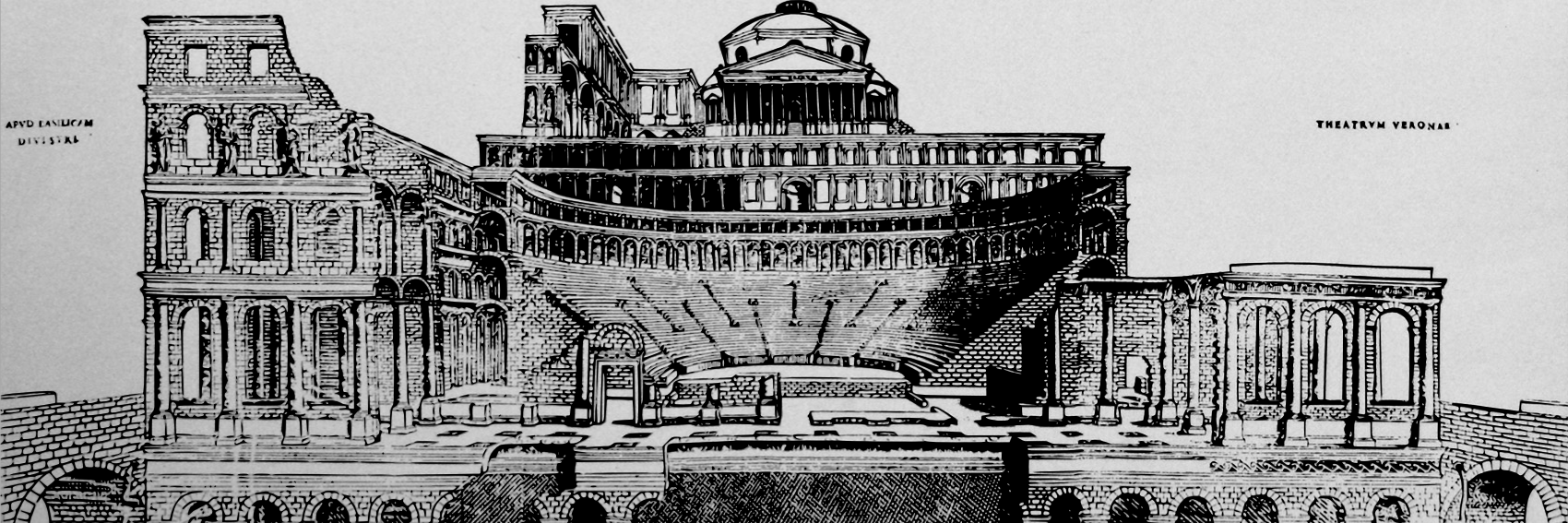
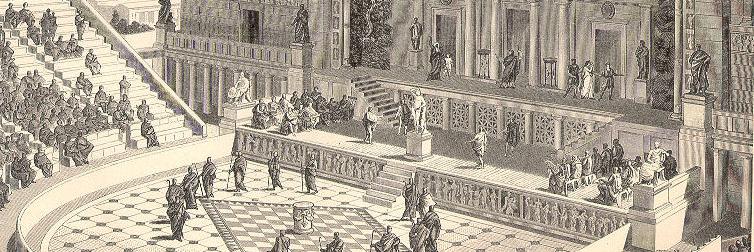
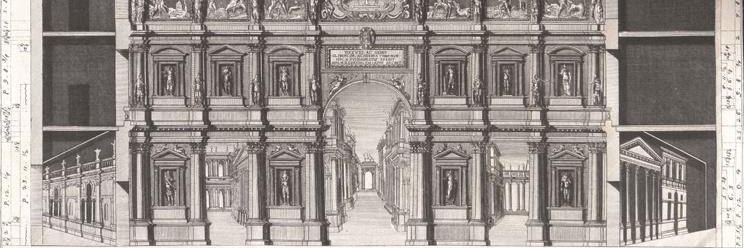
Skenè Research Centre
Interdisciplinary Theatre and Drama Studies
Assimilated by the moderns to the stage, the skenè (σκηνή) is the backdrop, initially a painted canvas, against which the characters act and speak. Connoted not only visually but also ritually, it alludes to the offstage – both behind or extra-scenic – as well as to other actions and other times, and is the mirror that reverberates the actors’ words to the audience.
“the scene (σκηνή) is where the actors stand . . . It has three doors: the central one, be it of a royal palace or of a cave or of a house, is reserved to the protagonist; the one on the right is for the second actor; the one on the left, empty or occupied by a shrine, is not active. In tragedy, the one on the right is where foreigners go through, and the one on the left is a prison.”
Pollux, Onomasticon 4.124-5
“tragedy does not allow multiple sections of action to be represented as they occur, but only the one on stage (σκηνή) involving the actors”
Aristotle, Poetics 1459b23-6


